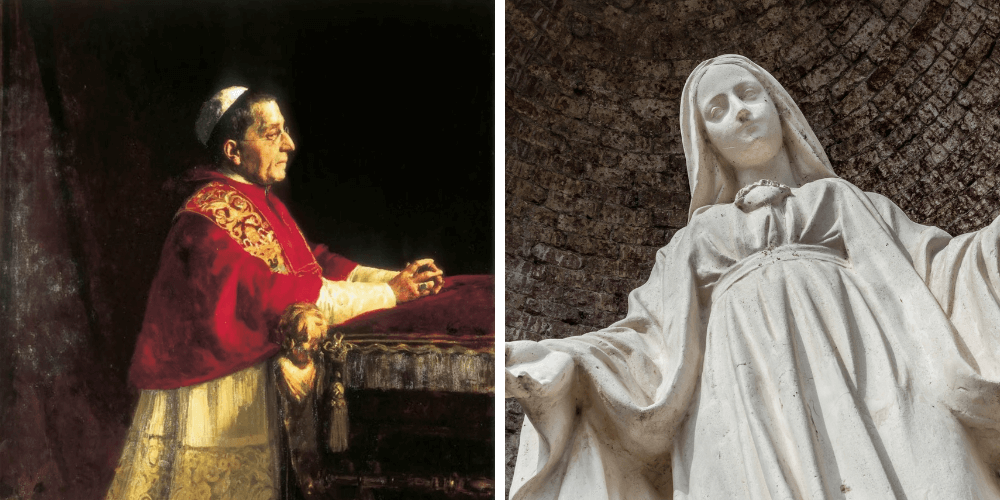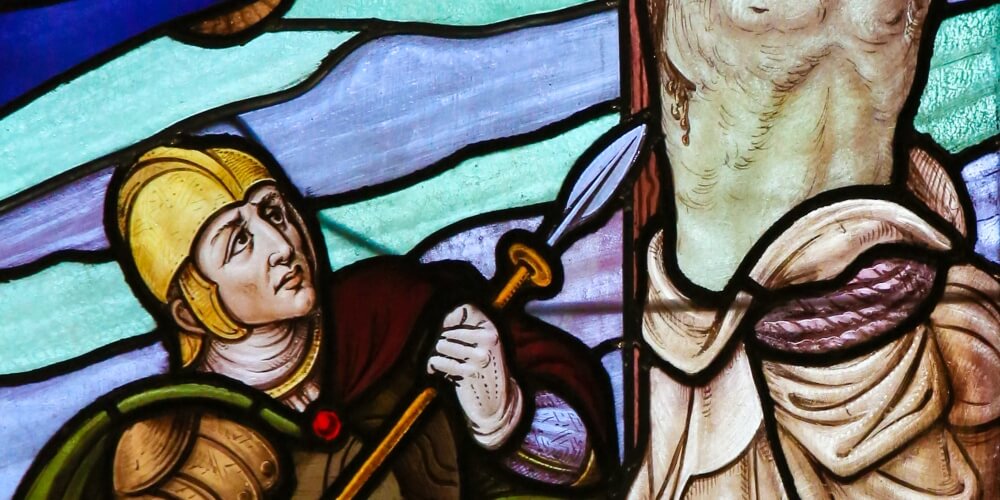
It’s one of the most extraordinary artifacts in world history.
The spear that was thrust into the side of Christ at the crucifixion stands alongside the Holy Grail and the Shroud of Turin as the most precious of Christian relics. The weapon has been sought after by both the pious and the powerful. This lance has played an integral part in the course of mankind for the past 2,000 years and still remains shrouded in mystery.
Crucifixion…and a Spear
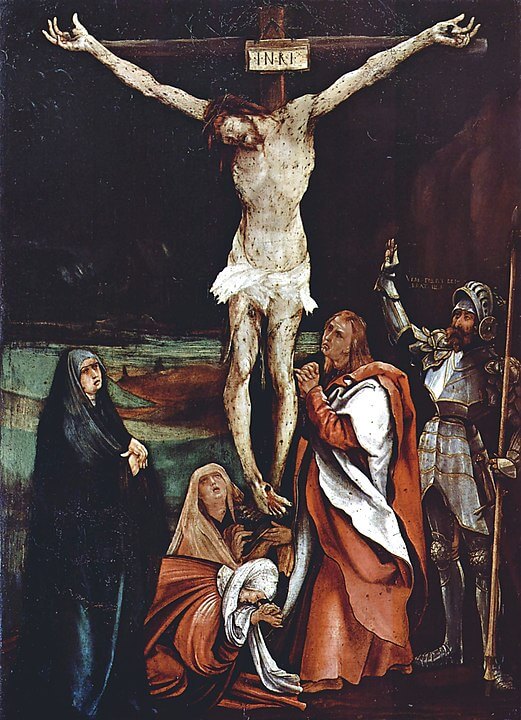
Crucifixion was not the most common form of capital punishment in ancient Rome. It was a singularly nasty method, even for the bloodthirsty pagans, intended as a humiliating and torturous sentence for the guilty that served as a warning to others—instilling terror in all.
It was so extreme that no Roman citizen was permitted to be executed in this way; the method was reserved only for slaves, foreign criminals, and those who had renounced citizenship with Rome. In Rome’s eyes, crucifixion was for those who were sub-human.
The word “excruciating” is derived from the name of this practice.
To think that the Son of God deliberately chose this manner to redeem us! To be fixed on the cross was seldom a fast death, often lasting days before the victim died of exhaustion and subsequent suffocation.
However, by breaking the criminal’s legs the process could be accelerated so that the victims would be unable to use their feet. While exhalations needed little effort, inhalations often required the crucified to push themselves up with their legs to alleviate the stress placed on the diaphragm and lungs.
Due to the loss of blood He suffered, Our Lord lasted only a few hours on the cross, whereas most victims lasted days and sometimes longer.
The gospels tell us:
Then the Jews, (because it was the parasceve,) that the bodies might not remain on the cross on the sabbath day, (for that was a great sabbath day,) besought Pilate that their legs might be broken, and that they might be taken away. The soldiers therefore came; and they broke the legs of the first, and of the other that was crucified with him. But after they were come to Jesus, when they saw that he was already dead, they did not break his legs. But one of the soldiers with a spear opened his side, and immediately there came out blood and water. And he that saw it, hath given testimony, and his testimony is true. And he knoweth that he saith true; that you also may believe. For these things were done, that the scripture might be fulfilled: You shall not break a bone of him. And again another scripture saith: They shall look on him whom they pierced.”
John 19:31-36
The fact that Jesus expired before the criminals crucified with Him sets Him apart; the lance thrust makes this very clear.
Thanks to the lance, the scriptural prophecies were fulfilled, God’s bones remained intact, and He was pierced for all to see. The events of His death were truly remarkable, which made His victory over death even more so.
By publicly demonstrating that the God Man was indisputably dead, this soldier unknowingly made the following news of Christ’s actual Resurrection from the dead irrefutable. No, He had not somehow “survived” the cross and merely fainted. He truly died, and was truly raised.
Who Thrust the Lance into Jesus’ Side?
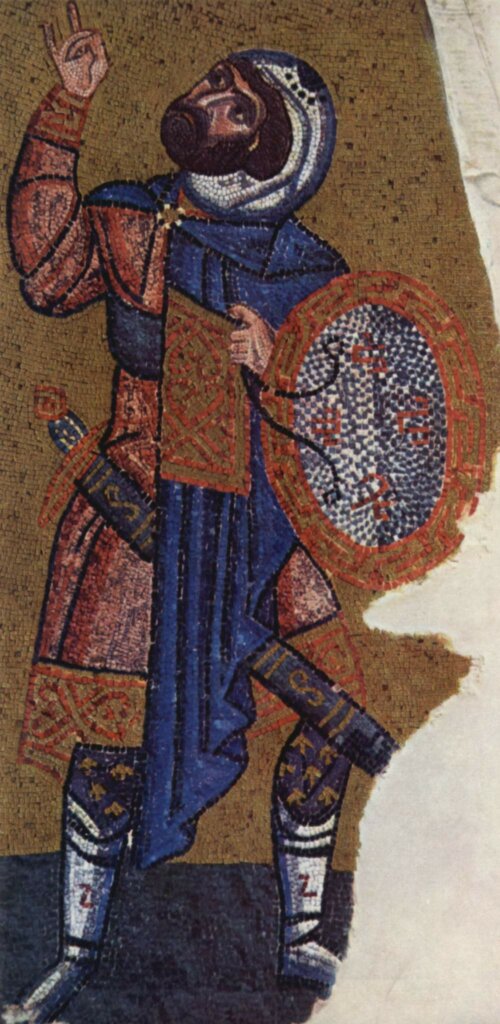
Although never explicitly named in the biblical accounts, the Early Church remembered this man as Longinus.
While certainly plausible as an actual Roman name, it is thought that Longinus is more of a title stemming from the Greek work for lance: loginos, and that the term “spearman” was assigned to this otherwise-nameless figure based on his military functions.
However, according to the visions of the Catholic mystic Anne Catherine Emmerich, he was named Cassius.
Tradition states that he suffered from poor vision, almost to the point of blindness for most of his life, but once he drove the spearhead into Our Lord’s sacred heart, the blood and water that issued forth splashed into Longinus’ eyes and restored his clarity of vision.
Having witnessed the supernatural events surrounding Christ’s execution, he was reportedly among the first to convert to the Faith, becoming a student of the Apostles and then one of the first monks when he retired from military service and withdrew to Caesarea in Cappadocia to spread the Good News.
He remained in that place until his death as a martyr for his faith in Christ. During the Christian persecutions, Longinus openly professed himself a Christian and was arrested. When commanded by the governor of that region to pay homage to the pagan gods, the former centurion persistently refused. He endured cruel tortures for his refusal, bravely enduring his tongue being cut out and teeth extracted.
We are told that dark spirits inhabited the governor’s idols and, despite the brutal tortures, the monk miraculously spoke loud and clear: “Now we shall see whether they are truly gods!” and seizing an unattended ax smashed the figures of the false gods to pieces.
The now-homeless demons then took possession of the governor, who became physically blinded as a result. Holy Longinus then asked the evil spirits, “Why take ye up your abode in idols?”
Their reply was, “Where the name of Christ is not heard and the sign of His Cross not imposed, there is our dwelling-place.”
With new fury the governor ordered Longinus to be killed on the spot. The attending guards quickly beheaded the saint and his blood sprayed over the governors’ face. Apparently the devils quickly left the governor, seeking to avoid the martyr’s lifeblood, and his sight miraculously returned. He too embraced the Christian faith.
What Happened to the Lance?
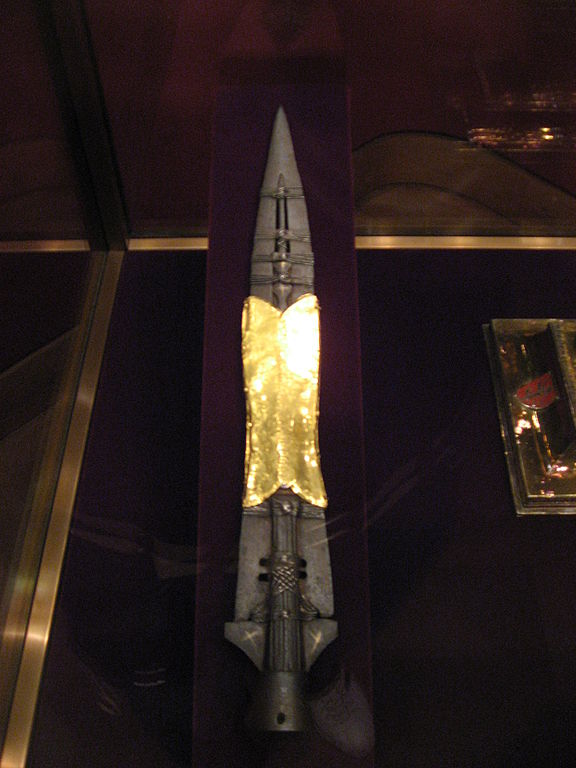
And what became of the sanctified spear? From St. Longinus, the holy lance eventually passed on to St. Maurice, leader of the Theban Legion, nearly three hundred years later in about 285 A.D. Rather than forsake Christianity he suffered martyrdom as well, along with every follower of Christ under his command.
Later, in 306 A.D., the blade was bestowed on the Emperor Constantine who used it as a standard in all his military endeavors. He enjoyed immense success on the battlefield, attributing it to the power of Christ and the blessed relic, and united the Roman empire once more, making Christianity the official creed of the realm.
Around 450 A.D., Attila the Hun seized the lance in his conquests as he swept across the Roman Empire. Approaching Rome with his plague-ridden army close to starving, he rode up to the gates of the city crying aloud, “Take back your Holy Lance, it is of no use to me, since I do not know Him that made it holy.” With that, he flung the weapon to the ground.
Theodoric I then took possession of the spear and met Attila on the battlefield in 451 A.D. at the Battle of the Catalaunian Plains. Although the campaign would cost Theodoric his life, Attila was forced to retreat for the first time in his military career. He would also die less than two years later.
As the relic’s association with victories grew, so did the legends. The connection to the divine was clear, but perhaps it offered not just an opportunity for piety, but also for power. A prophecy attached itself to the javelin: “Whosoever possesses the Spear and understands the powers it serves holds in his hands the destiny of the world for good or evil.” No longer was this merely the Holy Lance—it was the Spear of Destiny.
Charlemagne himself inherited the weapon in 769 A.D., carrying it through forty-seven triumphant campaigns as he united the better part of Europe for the first time since Constantine had established the Holy Roman Empire. However, it is reported that, having fallen ill with fever, he accidentally dropped the spear and died the very same day.
The spear continued to be passed down to the succeeding emperors for centuries, each with their own stories. Towards the end of the Holy Roman Empire, the Holy Lance began to fade from public record and its whereabouts became unclear. By the end of the Middle Ages several spearheads emerged, each claiming authenticity and each widely venerated as the one owned by Longinus.
Today, there are three that remain likely candidates. One resides in Armenia and, bearing little resemblance to a Roman pole-arm used at the time of Our Lord, appears to have been heavily modified from its original form.
Another is housed within a column of St. Peter’s Basilica in Rome. Although not available for public viewing, it is said that the tip of the blade was broken off and housed in France before it was lost and the remaining end was returned to the Church.
The most likely candidate is kept in Vienna and has played a part in more recent historical events.
Napoleon once attempted to obtain it after the battle of Austerlitz, but it was smuggled away from Nuremberg to Vienna and remained out of his reach.
About one hundred years ago it fascinated a young Adolf Hitler. Exhibited in the Hofburg Museum, Hitler would visit it often and, aware of the prophecies surrounding it and its potential as a political weapon, dreamed of having it for his own. Its obsession became a driving force behind his dark ambitions.
His wish would come true when, on March 14th, 1938, as chancellor of Germany, Hitler annexed the state of Austria and moved his troops into Vienna. This was the initial step of his plan for world conquest.
His first major act was to remove the Spear from the Hofburg Museum and send it back to his headquarters in Nuremberg. During the middle of the Second World War, when the conflict was at its fiercest, the dictator would display the lance in his headquarters as a talisman of victory. Some say that he planned on using it as a main feature of a future coronation ceremony along with the crown jewels he stole from Vienna in an attempt to establish his own version of the Holy Roman Empire.
Others claim that he desired it for occult purposes and planned on using it for satanic rituals. Whatever the case was, the lance of Longinus meant a great deal to him.
Towards the end of the war, when the Allied troops were closing in, Hitler attempted to hide the spearhead in an underground vault in Nuremberg along with countless other sacred and valuable treasures. He then fled to Berlin.
On April 30th, 1945 the Allies captured the city and the Spear of Destiny fell into their possession. That same day, less than two hours after the Holy Lance was officially lost to him, Hitler took his own life. Nazi Germany immediately surrendered and the Third Reich abruptly ended. Adolf Hitler’s reign of power began and ended with the sanctified object he wickedly desired to possess.
While the American troops did not at once recover the stolen goods, the relic was quickly found and brought to General George S. Patton. The U.S. commander ordered the history of the item to be traced and documented. The treasures were all apparently returned and the spearhead can be seen again today in Vienna.
The Lance Relic: A Reminder For You
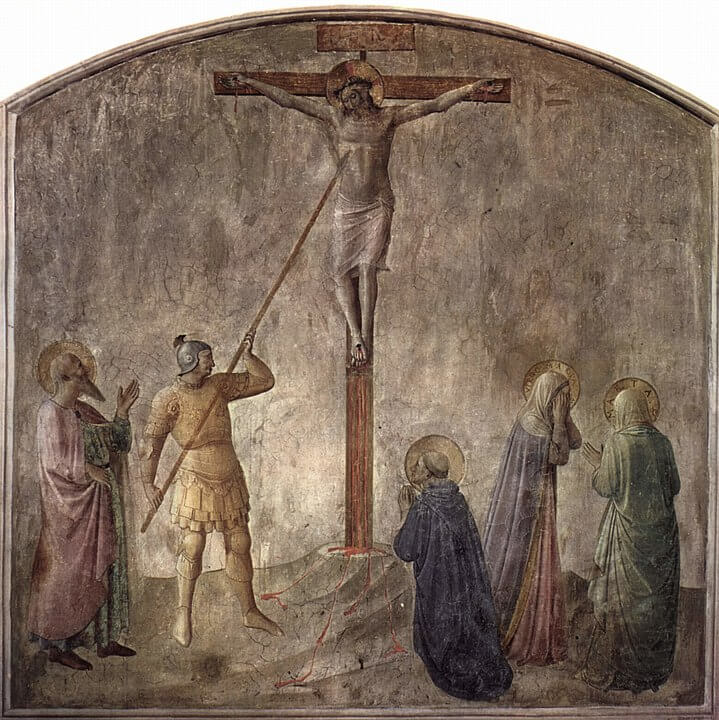
What should we take away from the marvelous history of this weapon?
While the Vatican has been careful to never officially approve any of these artifacts as truly authentic, the Church does encourage the faithful to venerate them at the very least as powerful reminders of the life, death, and Resurrection of Jesus Christ.
Of course, discerning the validity of relics is a worthwhile pursuit, yet it may not necessarily be an essential one.
Yet few things in this world can offer the same level of awe, mystery, and reverence as relics. Their storied history and powerful symbolism alone remain universally significant and timelessly influential. They can awaken true zeal in us for our rich Catholic Faith.
If kings, emperors, and tyrants would go to such lengths for a Christian relic, we should remember the lengths to which God Himself went for us, as reminded by these relics which are visible reminders of the power of our mysterious and almighty God.




